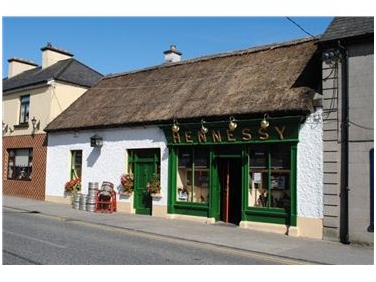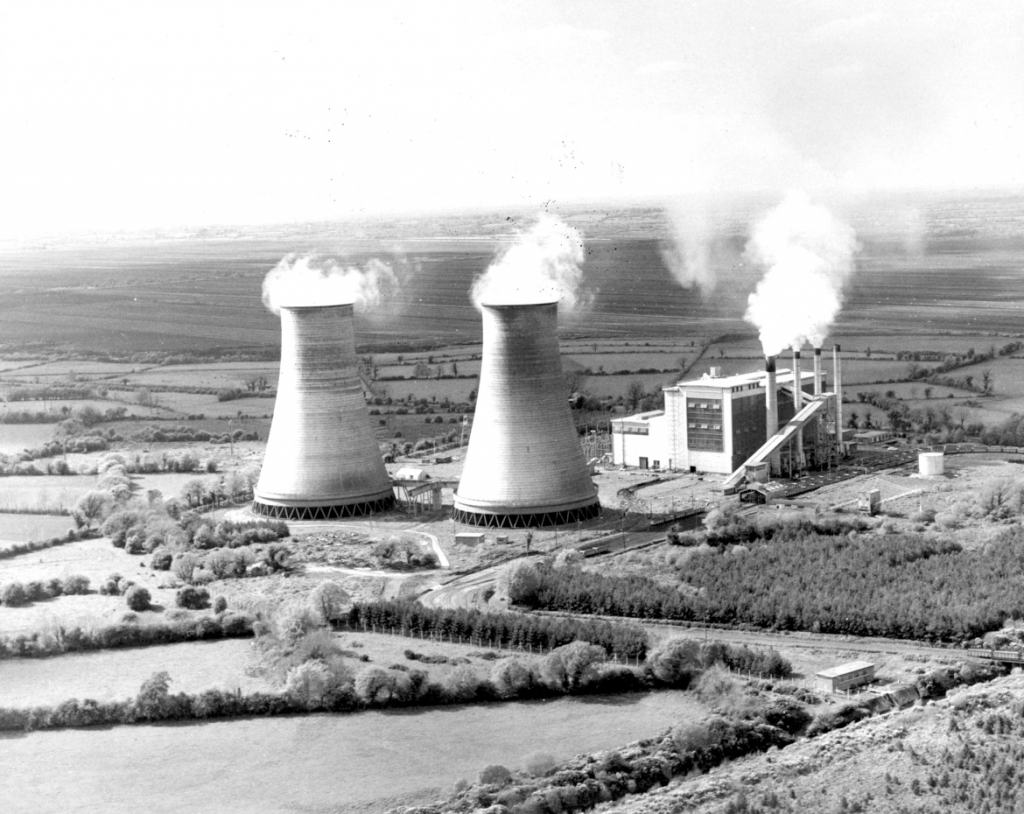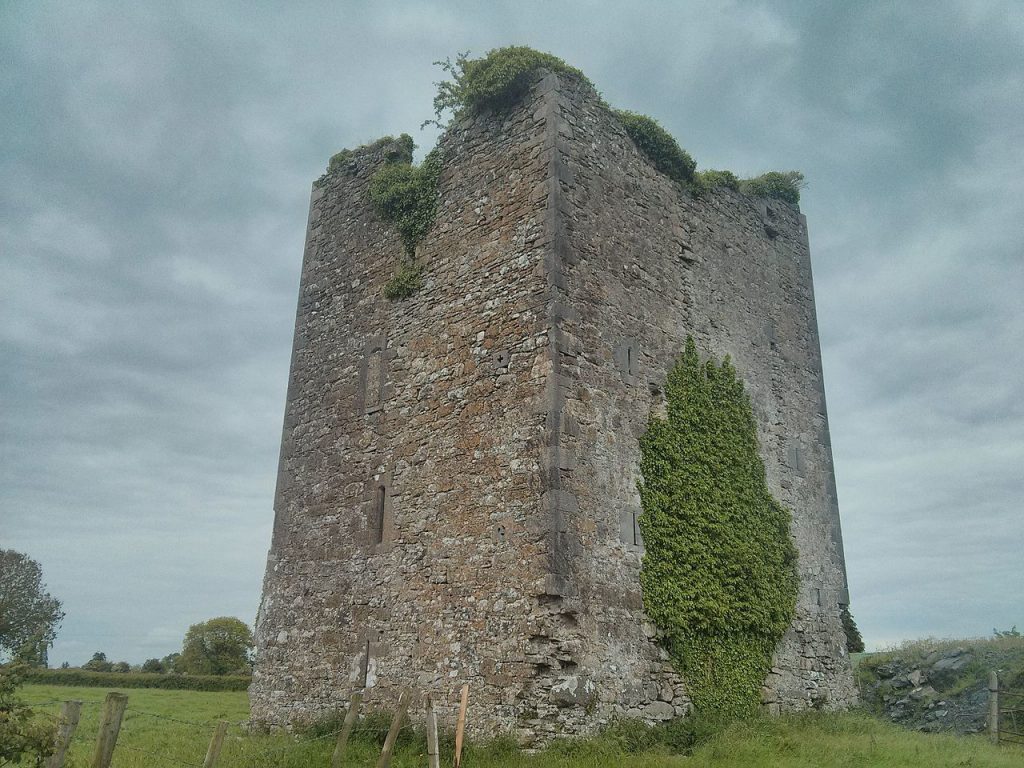Visit Ferbane
At present, there are no visitor facilities at Ferbane Bog.
The bog itself is very dangerous to walk on and unsupervised visits are not encouraged or allowed until visitor facilities are built by the projecvt ion 2021.
Open days, school tours as well as public walks and talks are planned on Ferbane in the future.
Please check out our events calendar on the main page and also our social media.


FERBANE

The landmark Hennessy’s in Ferbane town – over 150 years in business.
Ferbane itself is well worth a visit. Attractively sited on the River Brosna, Ferbane is a picturesque village, which has prospered from the surrounding activities on the boglands. Steeped in bog heritage, the town’s name itself is said to come from the white bog cotton which grows on the bogs.
Ireland’s first milled-peat fired power station was commissioned by the Electricity Supply Board (ESB) at Ferbane in 1957. It was the first such power plant outside of the former U.S.S.R. Construction had begun in 1953. The total capacity of the Station was 90,000 kilowatts, and it was capable of producing about 400 million units of electricity a year. At its peak in the 1970s and 1980s, the station burned 2,000 tonnes of Irish peat daily, producing about 2 million units of electricity daily when its four units were at full load.

Ferbane Power Station – At its peak in the 1970s and 1980s, the station burned 2,000 tonnes of local peat daily, producing about 2 million units of electricity. It was demolished in 2003
Its two 80m high cooling water towers dominated the landscape, and through them, over 4 million gallons of water per hour was continuously circulated and cooled. Since the station’s closure in 2001, the Shannon Development agency and the ESB invested €1.4 million in the development of a new Business & Technology Park which opened in 2005.
Among the many local attractions is Coole Castle, built on the banks of the Brosna in 1575 by Sir John MaCoghlan as a present to his wife Sabina O’Dallachain. It was the last of the famous MacCoghlan castles to be built. Kilcolgan Castle (built in the 1640’s) and Gallen Priory (dating back to 492) are also worth a look.

Coole Castle, Ferbane.
Ferbane has an active community website here which has a wealth of information on things to do and see in Ferbane. There is also an extensive historical section, as well as sections devoted to Tidy Towns, local sport, leisure, business and the all-important Parish Bulletins.
The Offaly Way
The National Waymarked Trail ‘The Offaly Way’ runs very close to Ferbane town. It is a 37 km route that links the Slieve Bloom Way (at Cadamstown) to the Sli Mor (at Lemanaghan) – and crossing en-route the Grand Canal Way. The route includes sections of riverbank, stretches of bogland, green mass paths and quiet country roadways. Although the highest point is only 120m, much of the Way commands wide views over a comparatively flat landscape. The Way follows a mix of forest tracks, riverbanks, bog roadways and minor roads and is divided into 3 sections each representing a half days walking.
Click HERE for more info.
Weblinks
Offaly County Council have an extensive website www.offaly.ie which features excellent Heritage and Arts and Culture coverage.
From a tourist point of view, County Offaly itself is one of Ireland’s hidden gems with plenty to see and do. For more on the county, click http://www.visitoffaly.ie/

